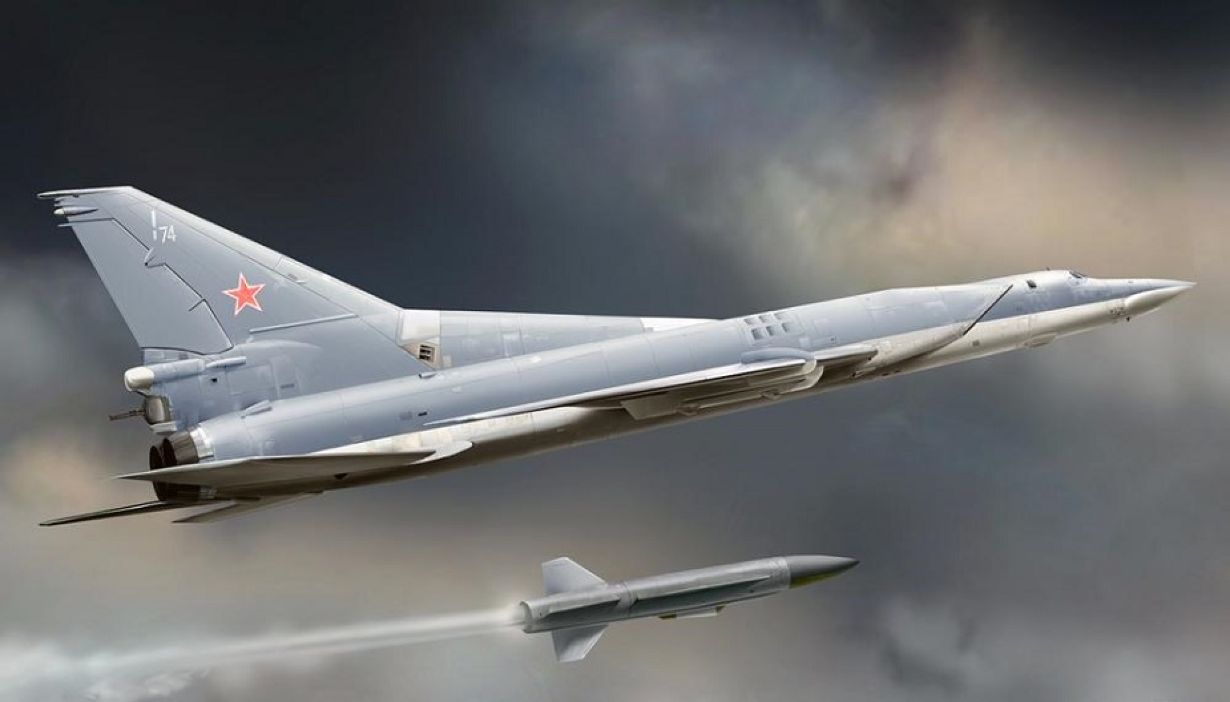In the aftermath of a significant onslaught targeting cities throughout Ukraine, Air Force spokesperson Yuriy Ihnat disclosed that the country’s air defense units were unable to thwart any of the Kh-22 supersonic cruise missiles launched during the attack.
“None were downed at all,” Ihnat said in response to a question about whether Ukrainian forces could intercept at least one such missile.
He added that the Kh-22 missile, traveling at a speed of 4,000 km/h and primarily using a ballistic trajectory, requires unique means for the interception, including Patriot air defense systems.
Kyiv is already operating Patriot air defense systems; however, the spokesperson did not explain why this defense system has failed to intercept the Russian missile in question.
Back in August, Ihnat had acknowledged that Ukrainian air defenses were ill-equipped to counter Russia’s Kh-22 missiles and admitted the inability to down a single missile of this type by that point.
Since the commencement of the full-scale invasion, Russian forces have launched roughly 300 Kh-22 missiles at Ukraine. Notably, none of these missiles were intercepted by air defense systems.
“We need air defense systems like Patriot, so it’s not so easy with these missiles. The enemy has used more than 300 of these missiles since the full-scale invasion,” the spokesperson stated.
Ukrainian President Vladimir Zelensky openly admitted the challenges in working with Western partners to secure additional Patriot air defense systems.
Western countries also supplied Kyiv with SAMP-T, Iris-T, NASAMS, and Crotale air defense systems. However, Ukrainian authorities contend that the received systems fall short of their requirements.
Meanwhile, the spokesperson also mentioned that, in addition to the Kh-22, Russia also has a modernized version of this missile – the Kh-32. According to the data released by the Ukrainian defense ministry, a total of 8 Kh-22/Kh-32 cruise missiles were launched by Russia in the latest attack.
Each Kh-22 missile is estimated to cost US$1 million, and with eight missiles used in the attack, the expenses incurred by the Russians amount to a significant US$8 million. The missiles were launched from the long-range strategic bomber Tu-22M3.
Kh-22 Supersonic Cruise Missile
The Kh-22 Burya (Storm) is a Soviet-era anti-ship missile designed with the capability to carry a nuclear warhead. Its primary purpose is long-range strikes, mainly targeting US aircraft carriers and carrier combat groups.
Following its introduction, various Kh-22 variants were developed, some tailored for surface targets such as dams, bridges, and strategic locations.
A twist in fate occurred after the collapse of the USSR, as a significant number of these missiles found a new home in Ukraine.
However, in the wake of the country’s independence in 1991, Ukraine relinquished its nuclear and strategic aviation arsenal, marking a turning point. In 2000, as part of a deal to offset a gas debt, Ukraine transferred 386 Kh-22 missiles to Russia.
Fast forward to 2022, the Kh-22 air-launched missiles, armed with conventional warheads, played a prominent role in the Russian invasion of Ukraine.
Fired from Tu-22M3 aircraft flying at Mach 1.5, these liquid-fueled rockets accelerated to Mach 3 before descending towards their targets, reaching a top speed of almost Mach 4 during the terminal phase.

Throughout the ongoing war in Ukraine, reports indicate that these missiles have been used to target civilian infrastructure in Ukraine.
On January 14, 2023, a Kh-22 missile hit a nine-story apartment building in Dnipro, housing over 1,100 people. One of the 18 sections collapsed to rubble, while the remaining portions suffered partial destruction or severe damage. The incident resulted in the tragic loss of 46 lives.
The Ukrainian Prosecutor General’s Office has alleged that this particular weapon is responsible for significant civilian casualties due to its extremely low precision.
However, the latest variants of the Kh-22, such as the Kh-22NA, incorporate an inertial targeting system, offering a broader range of purposes.
Unlike its predecessors, the Kh-22NA forgoes a radar system, relying instead on an autopilot to navigate towards specific coordinates at a designated altitude based on surface geometry. This technological advancement seeks to address concerns about precision and collateral damage.
- Contact the author at ashishmichel(at)gmail.com
- Follow EurAsian Times on Google News




